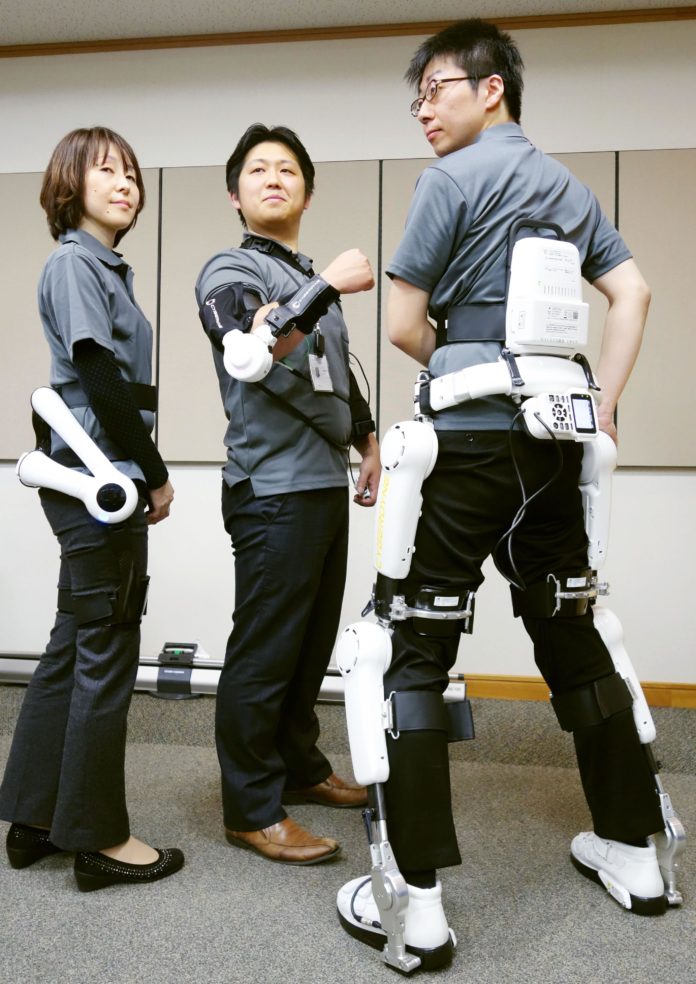Robots are no more some alien dream, or to be seen in sci-fi movies only. This dream has now come true. Exoskeletons are wearable robots designed to move or strengthen limbs.
Already, lower-body models help paralysis patients in clinics around the world. As long as the devices can continue to shed weight and cost, they should become common replacements for wheelchairs within another five years, says Homayoon Kazerooni, director of the Berkeley Robotics and Human Engineering Laboratory at the University of California at Berkeley.
The earliest exoskeleton-like device was a set of walking, jumping and running assisted apparatus developed in 1890 by a Russian named Nicholas Yagn. As a unit, the apparatus used compressed gas bags to store energy that would assist with movements, although it was passive in operation and required human power.
A powered exoskeleton (also known as powered armour, exoframe, hardsuit, or exosuit is a wearable mobile machine that is powered by a system of electric motors, pneumatics, levers, hydraulics, or a combination of technologies that allow limb movement, increased strength, and endurance.
The first true exoskeleton in the sense of being a mobile machine integrated with human movements was co-developed by General Electric and the United States Armed Forces in the 1960s. The suit was named Hardiman, and made lifting 110 kilograms (250 lb) feel like lifting 4.5 kilograms (10 lb). Powered by hydraulics and electricity, the suit allowed the wearer to amplify their strength by a factor of 25, so that lifting 25 kilograms was as easy as lifting one kilogram without the suit.

There are many other applications of Robotic Exoskeleton.
Medical: It can help a paralysed person by enabling system-assisted walking or restoration of other motor controls lost due to illness or accidental injury. Exoskeletons can also be applied in the area of rehabilitation of stroke or spinal cord injury patients. Such exoskeletons are sometimes also called Step Rehabilitation Robots.
Military: Some exoskeleton can help the soldier lifting heavy weights and carry heavy bags while climbing stairs or mountains. Thus, it helps in reducing the fatigue to the soldier.
Civilian: In civilian areas, exoskeletons could be used to help firefighters and other rescue workers survive dangerous environments.
Engineers of powered exoskeletons face a number of large technological challenges related to power supply, actuators, joint flexibility, power control and modulation, detection of unsafe motions to build a suit that is capable of quick and agile movements, yet is also safe to operate without extensive training.



























